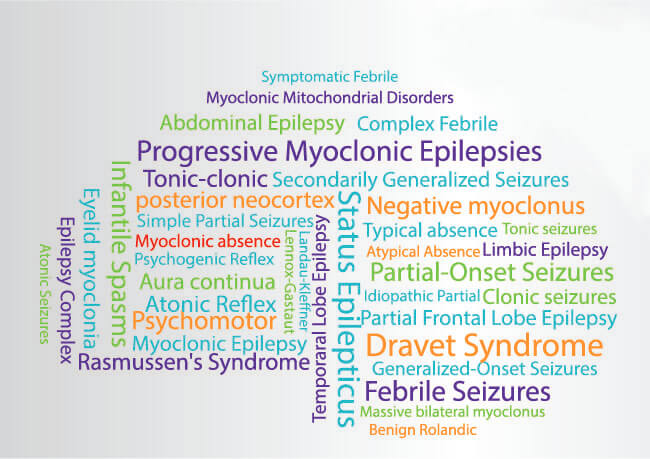
What is epilepsy? Epilepsis is a neurological disorder of the central nervous system that triggers a sudden and unexpected seizure in a patient. Epilepsia is usually classified as a persistent state of recurrent seizures occurring in rapid succession at random intervals in a patient's life. Epilepsia can also result from abnormalities in the central nervous system.
There are many different types of epilepsy. In the most severe forms of epilepsy, the patient experiences multiple seizures in rapid succession over short intervals. The seizures last for an average of five minutes. In more moderate epilepsy, the person can have one seizure or even less. However, the effects of epilepsy can last for weeks, months, or even years. In some cases, the person suffering from epilepsy may not be able to perform normal daily activities.
Epilepsia is a medical condition that affects both adults and children. However, it is usually diagnosed in children between the ages of two and fourteen years. There are many types of epilepsy.
The most common type of epilepsy is focal epilepsy. It affects the central nervous system. The child may experience seizures while he or she is sleeping. In addition, the patient may also experience seizures during periods of emotional stress
Another type of epilepsy is called primary generalized seizures or GSWs. These seizures affect a larger area of the body, such as the face, chest, or leg. This type of epilepsy is often caused by structural or physiological abnormalities in the brain. The most common symptoms of primary GSWs include decreased consciousness, increased sensitivity to pain, rapid or jerky movements, and extreme fatigue.
Another type of epilepsy is called pediatric epilepsy. This type of epilepsy generally occurs in children below the age of 18 years. It is a result of the brain being overactive in such a way that it produces too much dopamine. in the child's brain. Dopaminergic neurons in a child's brain communicate with each other by sending chemical signals.
Juvenile epilepsy is also called epilepsy in the first degree. Encephalopathy is a medical term for epilepsy that is caused by abnormalities in the brain function. Epilepsis can be either primary or secondary. hereditary in nature. If there is a genetic connection between a person and epilepsy, the condition will likely persist into adulthood. It is also likely that the condition will continue to occur after puberty, especially if a child suffers from epilepsy in his or her teenage years.
Seizures can be very scary for a child. When a child has seizures, it is important to know what to do and what not to do so that the child remains calm and safe.
If your child is having seizures, it is best to try to help them. Don't be alarmed, this is normal in epilepsy. Try to distract your child from the seizure. Explain to him or her that these seizures are normal epilepsy and that you are willing to help.
Don't panic or cry if your baby has trouble breathing. Instead, calmly tell your child that this is normal and breathe. If the child still has seizures, take him or her to the emergency room and see a doctor.
Try to avoid using alcohol or drugs for at least two hours before bed or fall asleep. These substances can interfere with your baby's breathing. Alcohol and drugs can even trigger symptoms of epilepsy.
Avoid certain foods or chemicals that can cause seizures. These include caffeine and chocolate, sugar, nicotine, alcohol, and aspirin.